Types of rum: history and other curiosities
When it comes to rum, we are entering a rather wide world, much more than it may seem at first.
Rum is much more than the traditional Cuba Libre and, to know which one is adapted to each situation, it is important to know its characteristics, as well as the different production processes.
Do you want to know rum in depth? Keep reading because we are going to explain the history, production, and nuances of this drink in relation to the place where it originates.
A bit of history: how did rum come about?
Rum is a drink obtained by distilling fermented sugar cane juice.
If we go back in time, in 11th century Spain, specifically in the Kingdom of Granada, dominated by the Arabs, a liqueur began to be made with the sugar cane that was brought from India.
Four centuries later, the Spanish brought this plant to the American continent. In the Antilles, sugarcane felt very comfortable due to the good weather, converting various areas into cultivation areas.
However, it took another hundred years or so to see what we know as rum today. Those who planted sugar cane realized that molasses could be distilled into an alcohol.
At that time the Antilles were not Spanish colonies, but the French and English were the ones who dominated the territory. They were the first to obtain rum in large quantities, especially in the Barbados area.
The British were the first to import rum into Europe, and it began to spread throughout the continent. And from there to the rest of the world.
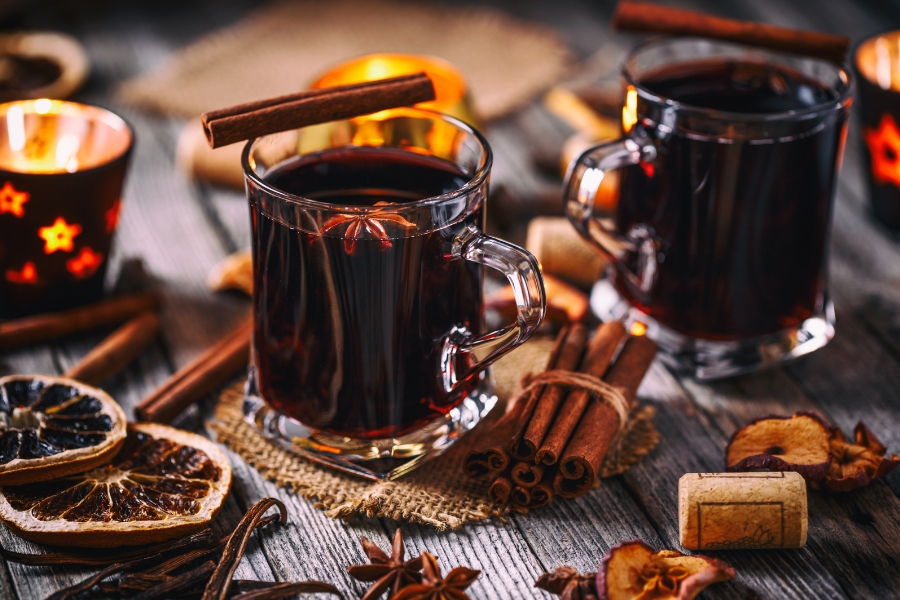
Discover our selection of rums
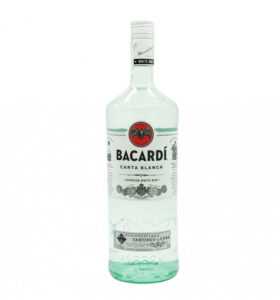 BACARDI ROM BLANC
|
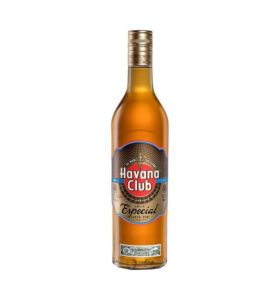 HAVANA CLUB ESPECIAL
|
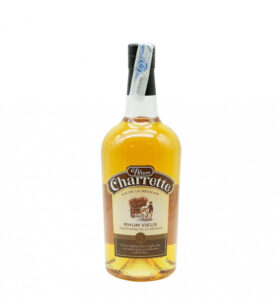 CHARRETTE ROM ANYENC
|
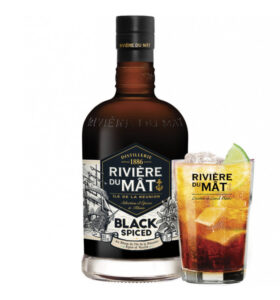 RIVIÈRE DU MÂT ROM NEGRE
|
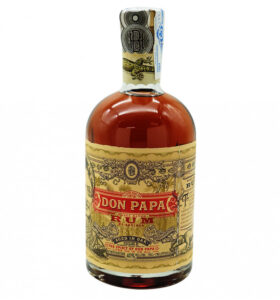 |
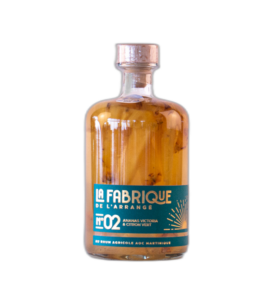 |
Different types of rum
Rum can be divided into four different types, all of them made from the same raw material, but with different nuances:
– White rum
The best known and most classic, obtained by fermenting molasses that comes from sugar cane. Its nuances are dry and light in taste. Its color is transparent because it is filtered to remove impurities.
– Golden rum
By spending more time in the barrel where the liquor is deposited to rest, it has a characteristic colour.
In some countries, some caramel is added to make the golden colour more intense, which is why you can find different shades in golden rum. It maintains the light flavour of white rum, although it is a little more intense.
– Black rum
It has a stronger flavour, coming from its distillate in stills, and with an almost black colour due to certain ingredients that are added during the process. The normal thing is to drink it only with ice, although it is also used for cocktails with fruit.
– Aged rum
Also known as dark rum, it is the one that has spent the most time resting in the barrel.
In fact, for it to be classified in this category of rum a minimum of one year must pass, although there are types of rum that pass 10, 15 or 30 years. Ideal to taste without mixing.
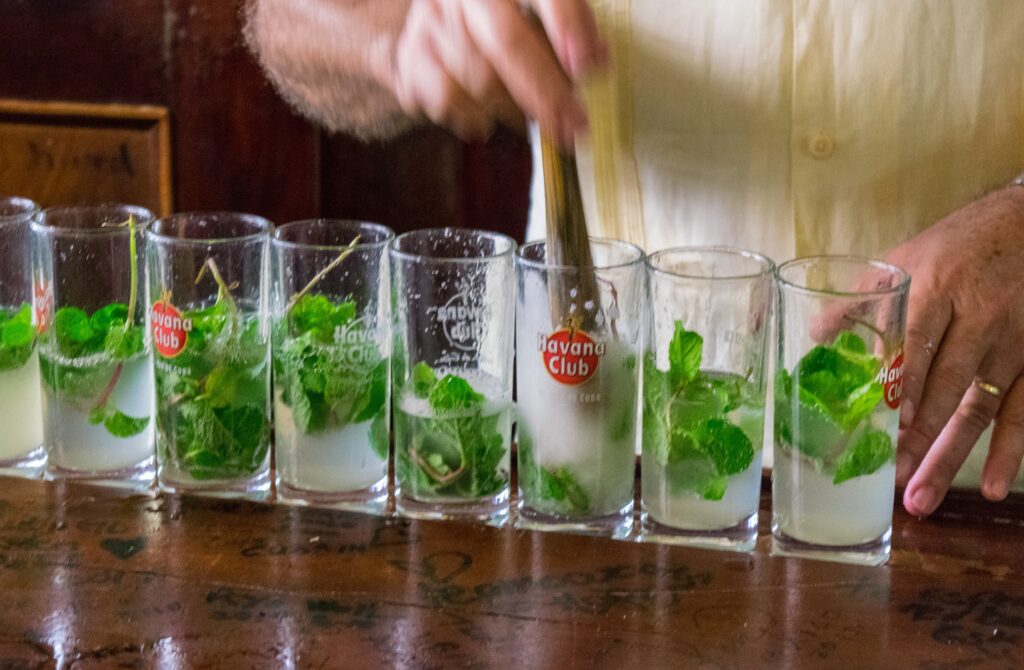
How is rum made?
The rum making process is not too complex, although it is important to select the raw materials.
The sugar cane is harvested, and the molasses is extracted. Yeasts and water are added, and it is left to ferment for a variable time depending on the type of rum to be obtained, from a few hours to a couple of weeks.
The fermented liquid is subjected to a distillation process with which it is purified. The distillation is done several times, until a transparent alcohol is obtained.
The newly obtained rum is left to rest in oak barrels. In some types of rum, old whiskey barrels are reused, which give it certain nuances and flavour notes.
Aged rum is filtered if it is to make white or golden rum. When it has been left to rest for a longer time, it is bottled directly.
Some rums are mixtures of different types, even from different sources. Although the types of rum with their own identity keep its origin intact.
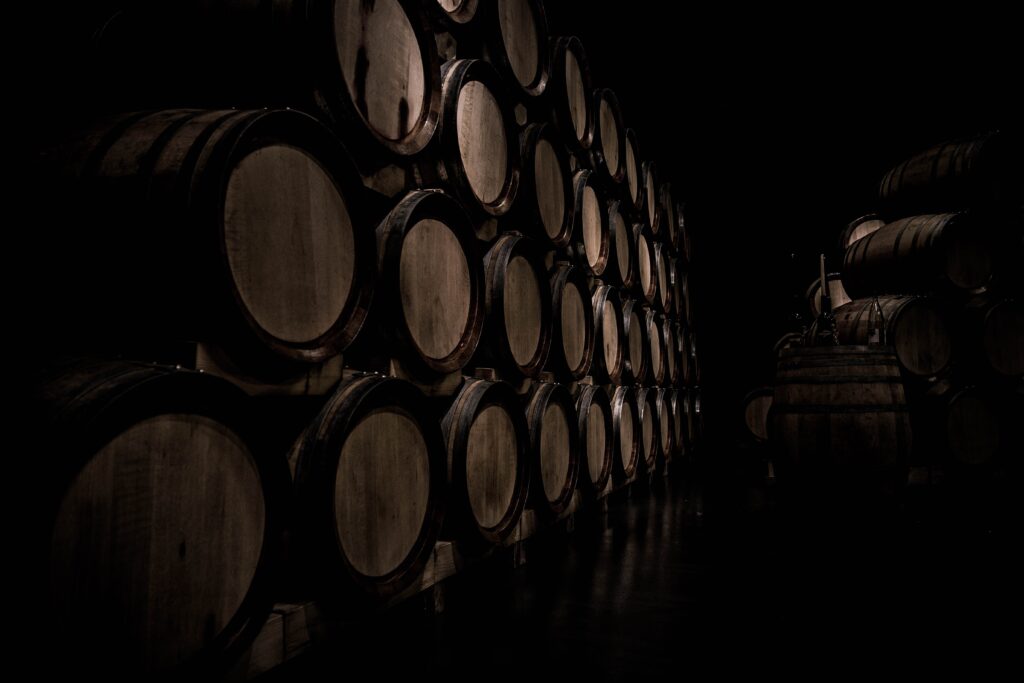
Types of rum according to its origin
Currently there are more than 30 countries making rum, each with its own peculiarities. Although the best valued are those that come from the Caribbean, such as those made in the Dominican Republic and Cuba.
We are not going to talk about all the countries that make rum, although it is worth highlighting the best valued provenances in the world:
– Barbados rum
Cradle of rum, it is normal that a high-quality rum is made on this island. Its flavour is quite balanced, and it has great aged rums that highlight the nuances of the barrels in which they rest.
– Cuban rum
The island is famous for its rum, which during the “Prohibition” of the United States was a place to which those who wanted to circumvent prohibition escaped.
After the end of the law, Cuba became one of the main suppliers, until the trade embargo on the island in the middle of the last century blocked it again.
In other countries of the world, you can find Cuban rum, which is made in the same way that the Spanish made it when do they began to distil it.
Mostly white rums are produced, although there are also golden and aged rums, which are said to have been the favourites of the writer Ernest Hemingway.
– Haitian rum
After its independence from France, Haiti destroyed a large part of the sugar cane plantations, although some farmers continued to make homemade rum.
Haitian rum is characterized by having different nuances, depending on the land in which the cane with which it is made has been grown.
– North American rum
The United States and Canada were heavy drinkers of rum, even before Whiskey became the national alcoholic beverage. The trend to make rum was detrimental, but there are still distilleries that make it.
You can find white rum, although there are types of rum flavoured with spices such as rums made in Louisiana.
– Jamaican rum
Rums made in Jamaica are defined by having notes of very ripe fruit, obtained by fermenting molasses with natural yeasts.
Jamaica is famous for its rum, and although the distilleries that exist today are very few compared to those there were at the beginning of the 20th century, they are still in high demand.
– Spanish rum
After starting to make rums in colonies such as Cuba or the Dominican Republic, Spain is also among the countries that distil quality rum.
The way of doing it is very similar to that of Cuba, although the nuances are different due to the cultivation and fermentation processes, together with the climate of the area.
Choose a good rum
Although you may have preferences for a specific type of rum, either because of its characteristics or origin, the most important thing is that you choose a good quality rum.
In addition, although it is true that white rum is the most used to mix, if you want to enjoy different nuances in your glass you can combine other types of rum to make mixtures.
An aged rum with lime or a Cuba Libre with golden rum can help you enjoy good times.
